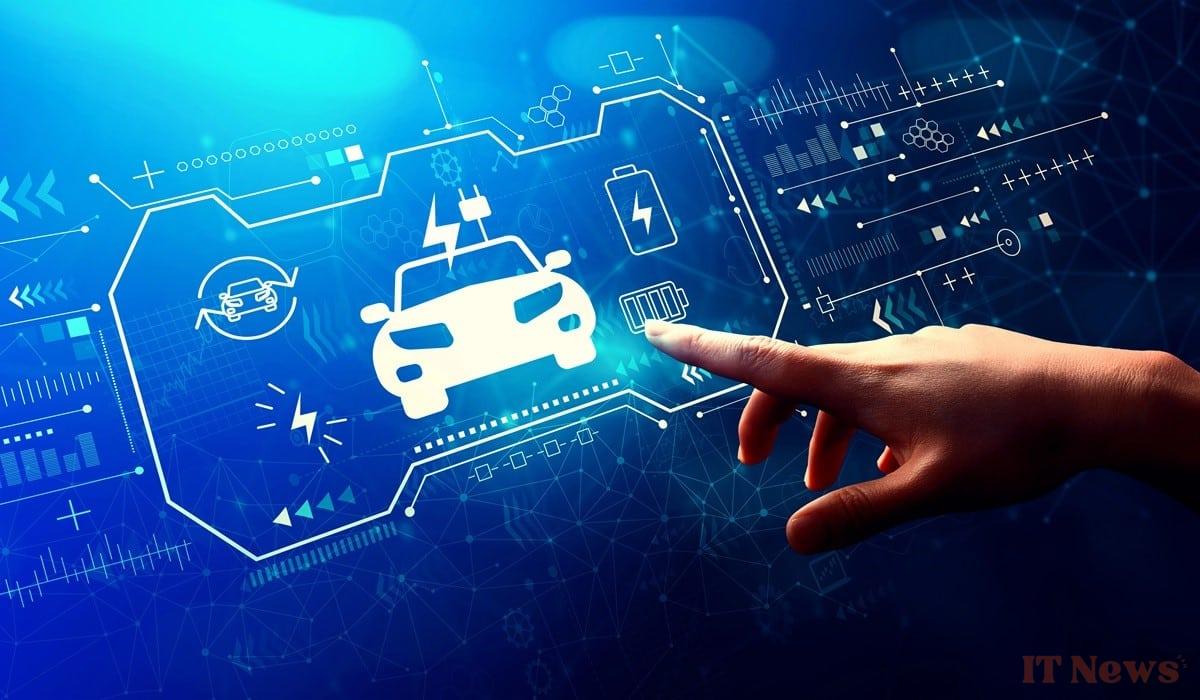The shift to electric vehicles (EVs) is key to reducing carbon emissions, and in Europe, 23.6% of new vehicle sales last year were EVs or plug-in hybrids. However, despite the automotive sector’s investment, doubts remain about the viability of banning petrol vehicles by 2035, particularly due to the cost of EVs, their performance, maintenance and lack of charging infrastructure. To address these challenges, major carmakers are working with the EU and governments, even using quantum computing to accelerate progress.
The potential of quantum computing in the automotive sector
The opportunities offered by quantum computing in the automotive sector are enormous. McKinsey’s latest estimates suggest it could generate US$50 billion to US$100 billion in additional economic value for the sector by 2035 by optimising many aspects of the production process.
But what exactly is quantum computing? What makes it so revolutionary?
Quantum computing uses the principles of quantum mechanics to process information differently from classical computers. By using qubits that can be both 0 and 1, it can solve complex problems much faster. Unlike traditional computers, which test each solution one by one, the quantum computer can evaluate all the combinations at the same time.
Let’s take the example of a combination lock. A classical computer would test each combination one by one until it finds the right one: 0000, 0001, 0002, etc. A quantum computer, on the other hand, would test all the combinations simultaneously, solving the problem much faster.
How Quantum Computing Can Accelerate EV Adoption
Quantum computing has the potential to transform the automotive industry and accelerate the adoption of electric vehicles (EVs) and autonomous vehicles, with particular impact on two key areas: battery range and charging infrastructure.
Improving Battery Range and Efficiency
One of the biggest barriers to EV adoption is that their range has yet to match that of conventional vehicles. Manufacturers including Ford, Volkswagen and Hyundai are turning to quantum computing to accelerate the development of more efficient batteries. By simulating new compounds at the molecular level, automakers are looking to create stronger, lighter, and more electrically dense battery layers.
While conventional computers can struggle to simulate molecular interactions, quantum computing can perform these simulations more quickly and accurately. In fact, it is better suited to modeling the chemistry involved in batteries in detail. This ability allows researchers to test materials and configurations that can store more energy and release it more efficiently, thereby increasing EV range.
The technology outperforms conventional computers in complex chemical modeling, allowing the exploration of solutions that increase vehicle range while optimizing other critical parameters such as battery size, weight, cost, and longevity.
Another area of particular interest to automakers is the powertrain system. Modern vehicles and EVs draw energy from a multitude of components. Saving energy by using it more efficiently could help to significantly increase autonomy.
However, given the large number of components, this problem is difficult to solve. While traditional computers allowed manufacturers to perform tests and simulations on a single component at a time, quantum computing represents a major advancement. It allows the simulation of the entire system made up of interdependent components in order to understand the impact of any changes and identify practices that make the most of energy.
Improving charging speed and network infrastructure
Another major challenge for EVs is the charging time, which is still not nearly as fast as filling up at a gas station. Reducing this time has become a priority for many manufacturers as they seek to make EVs more attractive to drivers and fleet managers.
While two-minute charging is still out of reach, advances like Nybolt, which managed to charge a 35 kWh battery to 80% in just over four minutes, demonstrate significant progress. Optimizing battery compounds and structures to enable faster charging while safely dissipating the heat generated and preserving battery performance and longevity is an incredibly complex challenge. Quantum simulation can help address this by enabling manufacturers to optimise the battery, charging cable and charging station.
However, these innovations are raising new challenges for national electricity grids. Providing the energy needed to charge millions of EVs simultaneously is a complex problem that grid operators must solve. Quantum computing offers a solution by enabling the simulation and optimisation of energy management at scale, ensuring efficient and reliable electricity distribution. Similar to fast chargers for smartphones, fast charging technologies for EVs could become the norm, aided by the computing power of quantum computing to meet the growing demands of charging infrastructure.
The future of EVs
Most major car manufacturers are already exploring quantum computing. Companies such as Ford, BMW and Volkswagen have dedicated teams working on the various applications of the technology. The industry recognizes the need to establish roadmaps for digital transformation that include integrating quantum computing into existing infrastructures.
Many of these companies are using quantum computing to improve their manufacturing processes, optimize supply chains, and refine product designs. This adoption is not limited to the technology itself; it must be integrated into complex systems that require seamless collaboration between traditional and quantum computing resources.
The convergence of these efforts promises substantial cost savings in the near term. Automakers understand the importance of these transformations, investing heavily in research and development and patenting many innovative technologies that will benefit vehicle owners in the years to come.
As these technologies mature, they will play a significant role in the widespread adoption of EVs by motorists and businesses, shaping the future of mobility.



0 Comments